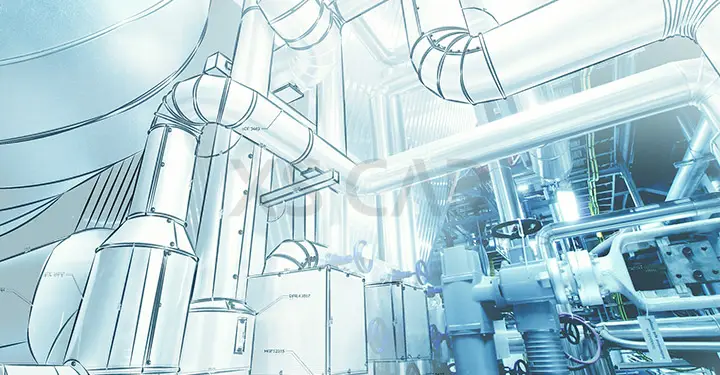Our Articles

Top 5 MEP Strategies for Sustainable Building Design
‘Getting in tune with nature’ is a ringing chorus around the world during the growing clamour for practical measures against climate change, virulently contagious diseases and out-of-control carbon emissions. Contemporary building services design or MEP engineering design must make sustainability an integral part of its overall plan. Sustainable building design, also known as green building design, minimises environmental impact and maximises human comfort. National and state governments are regulating water management and energy efficiency, encouraging construction that incorporates natural alternatives for energy and comfort from building surroundings, the use of sustainable materials and optimal methods for maintenance.
The statistics do not paint a pretty picture.
In Australia, 25% of its total greenhouse gas emissions are produced due to the demands of the construction sector.
According to the EPA (Environmental Protection Agency), energy use and consumption by the building sector in the US are as follows:
The prime focus for MEP design services has become sustainable construction, the optimum utilisation of resources and the reduction of waste.
So, our top 5 picks for the best MEP strategies to promote sustainability in building design are:
1. Lowering Energy Consumption
In commercial buildings alone, approximately, 25% of energy usage is by lighting and 32% by HVAC systems. To reduce these numbers, electrical and HVAC design services can take the following steps:
2. Practice Water Management
Depending on its location and the local climate, a residential building will use 33% of its energy consumption on heating water. A greenhouse-efficient hot water system can reduce greenhouse gas emissions by 80%. Other strategies for water management include:
3. Explore Energy Alternatives
Technological advances, such as BIM, can help mechanical engineering design services with improved hardware and the BIM process to explore and plan energy alternatives. The BIM process can be used to improve sustainability workflows, for maintenance management and to reduce carbon footprints.
4. Utilise Sustainable Building Practices & Materials
Selecting a suitable site and using its natural advantages is a first step in sustainability. With an architectural design that takes direction, wind and weather factors into consideration, MEP services can be designed for optimum energy efficiency.
5. Plan for Easy Maintenance & Enduring Building Life
After construction, keeping maintenance costs down with robust MEP systems in place can save costs in the long run.
Strategies that include smart mechanical design services for sustainable building design need not be complicated or expensive. Designers and MEP engineers can design high-quality MEP BIM services with experienced and technically qualified offshore partners to promote building sustainability.
XS CAD has valuable experience providing BIM MEP design services, mechanical CAD drafting services and MEP engineering design and drafting services for global firms. Our range of services for sustainable building design consultants across the world include HVAC design services, MEP drafting, electrical drafting, public health system drafting and building services coordination using, Revit MEP, AutoCAD MEP, CAMEL, DIALux and bespoke design and drafting software. Apart from that, we also use BIM 360 Design for communication and cloud collaboration.

